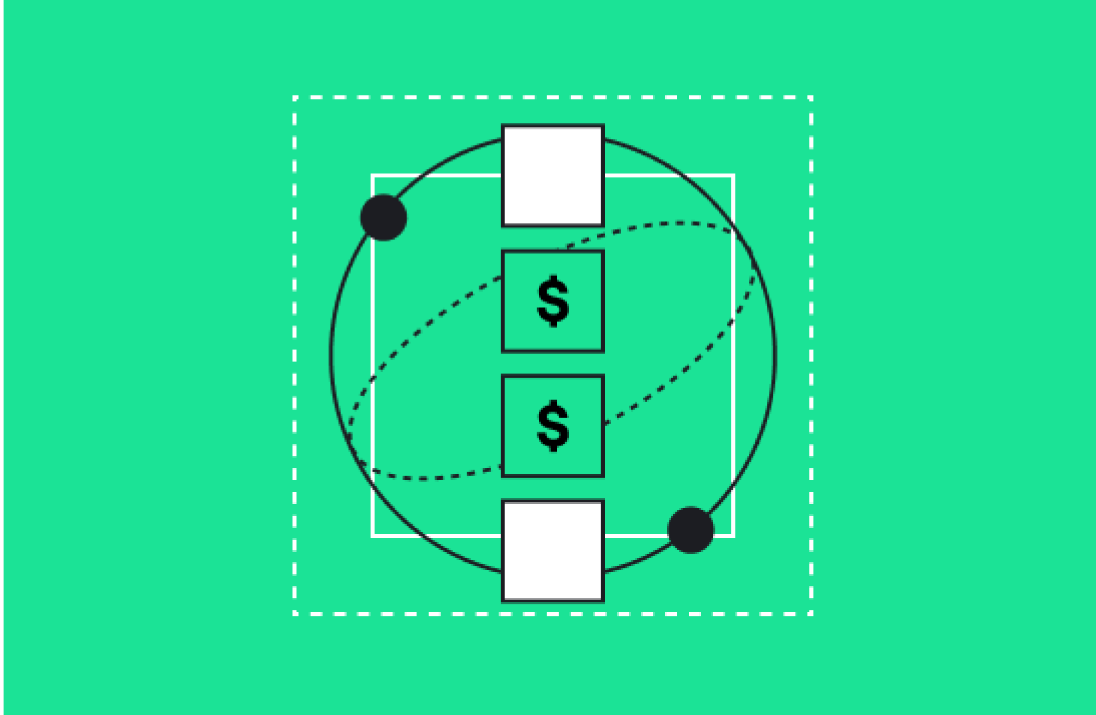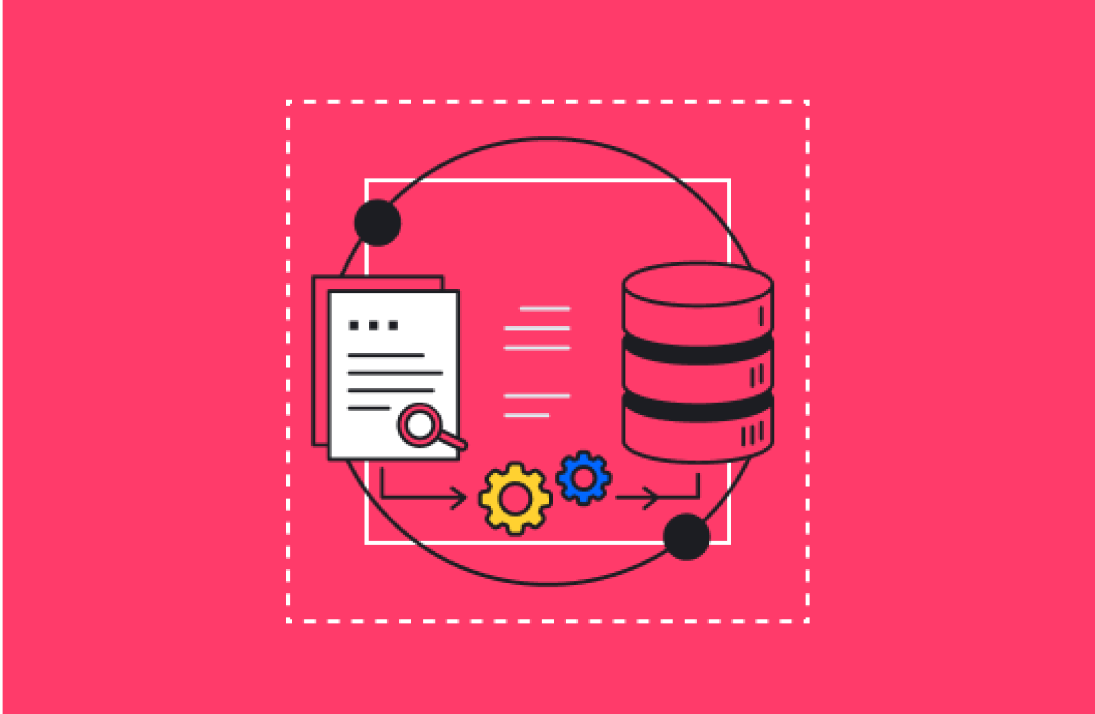Most B2B businesses start with a lead-gen strategy and eventually achieve growth based on the features and capabilities of their products. This is especially true of the business software industry, as their products are often what define their brands.
Achieving a product-led strategy is an important milestone. It means your product is mature and developed enough that it can practically "sell itself."
But product-led growth can only carry you so far. You must eventually mature into a sales-driven strategy in which you actively generate demand for your product. This means your focus must shift from selling your product based solely on its merits to generating awareness, demand, and urgency in the market for your products.
Here, we'll explore some of the approaches you can employ to make this shift.
Avoiding the Decline of a Product-Led Growth Strategy
A product-led growth strategy can be a powerful way to achieve success, but it is not without its risks. One of the biggest dangers of a product-led growth strategy is that it can be easy for your company to become too reliant on its products and lose sight of the need to generate demand for them, as well as awareness for the brand.
This can lead to a decline in sales and put the future of the business at risk.
There are several things a company can do to avoid this fate. One is to make sure you have a strong sales and marketing team in place that is focused on generating demand for the product.
Many companies choose to augment their internal teams with external resources. These resources often include marketing agencies. However, they could also include firms that have niche specialties like technology integration and synchronization.
You should also continue to invest in R&D to ensure you're developing new features and capabilities that will appeal to customers.
HubSpot is a good example of a company that does an excellent job of this. It is constantly releasing new features to extend the value of its products, providing many new features for free to its existing customers.
More importantly, HubSpot generates demand for those features by maintaining its status as a thought leader and by generating need among its prospects. They do this by using targeted marketing to create a sense of urgency for their product's capabilities.
Finally, you should transform your service department from being product-focused to customer-centric. Fixing issues with your product is still important, but your service team also has a unique opportunity to serve as trusted advisors to your existing customers and extend their lifetime value. They can even play a primary role in upselling when you release new products.
Developing a Successful Demand Generation Sales Model
Achieving a sales-driven growth model depends on your company's ability to generate demand for your products. Demand generation is slightly different than lead generation.
According to Gartner:
"Where demand generation strives to build brand awareness and authority so potential customers reliably enter the purchase track, a lead generation strategy focuses on turning an engaged audience into leads via direct outreach."
Where lead generation is focused specifically on generating leads to sell to, demand generation is about transforming your company into a sought-after resource for insights and strategy among leads and customers alike. Likewise, you can generate demand by establishing your product as a benchmarking standard for the rest of the industry.
Here are a few ways to develop a successful demand generation sales model.
Position Your Company in a Place of Authority
To develop a successful demand generation sales model, your company must position itself as an authority in its field. This can be accomplished in a number of ways, but it typically starts with developing a strong thought leadership strategy.
Your thought leadership content can take many forms, including blog posts, analytical industry reports, articles in third-party publications, and more. Overall, it must be high-quality and provide tangible value to your target audience. It should also be relevant to their needs and interests, as this will help you build trust and authority with them.
Once produced, you can align your thought leadership assets to specific areas of your funnel. Your industry insights can generate awareness for your brand and establish your company as an authority, but you'll need more targeted content to nurture leads and prospects.
Use RevOps
Demand generation depends on your sales and marketing teams working together to accomplish specific goals. If these teams are siloed, you could miss opportunities to generate prospects and sales from contacts who engage with your thought leadership campaigns.
True alignment requires more than both teams being on the same page as far as strategy is concerned. It also requires your sales, marketing, and service tools to be synchronized, so every user has reliable data and a clear view of the team's performance.
We recommend using a revenue operations (RevOps) function, either externally or within your company, to help coordinate your teams and ensure their working toward both demand generation and growth.
Aptitude 8 defines RevOps as follows:
“The combination of people, process, and technology that makes up the lead to customer experience (or customer lifecycle) for the end-user and captures data to improve it. It's practiced by working with people to define processes and then using technology to implement it in a way that makes it easy to work with your business for the end customer, and generates actionable data from internal and external behaviors."
Leverage Account-Based Marketing
Once your product has reached a level of maturity and is recognized in your industry, you can gain an edge in your account-based marketing (ABM) strategy. ABM is when you specifically target an account or group of accounts with marketing because they represent a significant growth opportunity. In this case, "accounts" could refer to other companies or even individuals within those companies.
A successful ABM strategy depends on a deep understanding of each account and using that intelligence to develop demand for the product.
For example, based on your intelligence, you may know that someone in a management position at a target company struggles with manual processes in their day-to-day operations. You know your product could solve this problem, so they are an ideal prospect.
However, you may also know that this individual needs to get the go-ahead from their boss before investing in a new product. Through an ABM campaign, you can generate that prospect's interest in your product. You can even provide them with the information they need to make a convincing case to their boss that giving your product a trial is worth their time.
If your product already "sells itself," then getting your foot in the door may be all you need to land a large account and a significant, long-term customer.
Start Your Transition to Sales-Driven Growth
It's never too late to make the transition from a product-led growth strategy to a sales-driven one. Depending on your business, you may find that making this shift can be challenging, but it's definitely worth it in the long run.
Sales-driven growth depends on a deep understanding of prospects and using that intelligence to develop demand for the product. This means leveraging all your resources—thought leadership content, team alignment, and ABM campaigns—to take advantage of growth opportunities.
If you're ready to make the transition, contact us at Aptitude 8 to find out how we can help.






